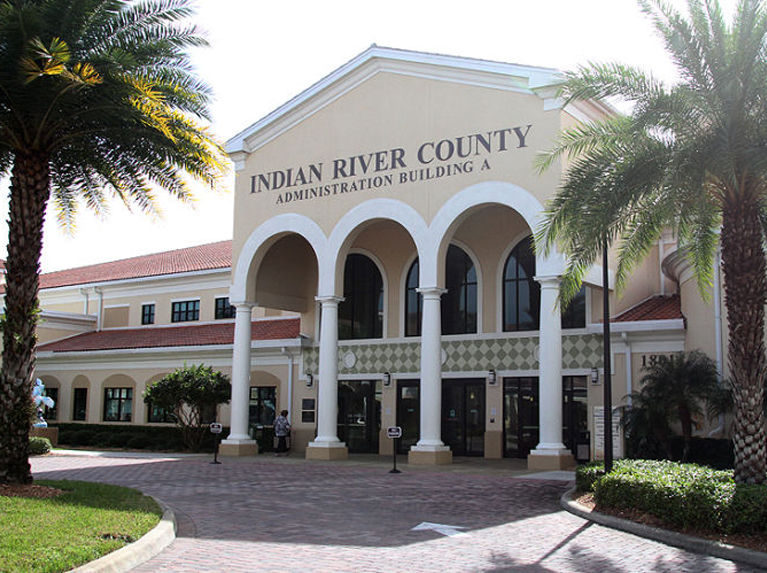
INDIAN RIVER COUNTY — The days of the traditional water meter reader could soon be over if the Indian River County Commission decides to spend around $12 million to convert all current water customers to Automatic Metering Infrastructure, through which meter data is transmitted electronically to a central location.
Director of Utilities Services Vincent Burke hastens to add that, although the county’s six meter readers would no longer be driving from residence to residence, rain or shine, inputting water usage data, they would continue to work as “boots on the ground,” conducting necessary quality control, meter re-checks and meter maintenance. “These guys always do a terrific job for us under often difficult conditions. Recently, they’ve been out there in temperatures well over 100.”
The County has already paid Langham Consultants $87,555 for a feasibility analysis, business case development and strategic assessment, and has now voted to spend another $113,490 to have Langham work with the County on Phase II: developing an RFP, evaluating the resulting proposals and assisting with contract negotiations.
In his June 14 presentation to the Commission, Director of Utilities Services Vincent Burke said the near-term goal is to do a pilot project, at a cost of between $300,000 and $900,000 (in addition to the Phase II consultant’s fees), using a sample of 1,000 to 3,000 meters. Should that project be deemed successful, the ultimate goal would be meter replacement for the entire Utilities Department service area – currently 47,548 meters.
Today the county has a combination of manual and AMR (Automated Meter Reading) meters. With a manual meter, the reader physically drives to each meter to get a visual read, and then records the data on a hand-held device. An AMR reading is collected by physically driving by a specific location and then automatically receiving the data from the meter with a hand-held device, tablet or laptop. The AMI would entirely eliminate the need to go to each meter location, thus eliminating the cost of fueling and maintaining the six vehicles now dedicated to that task. Burke said he customer base continues to grow, with an average of 107 new meters installed monthly.
County staff has spoken with representatives from several other Florida utilities departments – North Miami Beah, Sarasota, Palm Beach County, Winter Park and others – which have converted to AMI or are in the process of doing so.
“The feedback was positive in regards to the success rates,” said Burke, who added, “One critical function that the AMI system provides is leak detection. And AMI can provide a wealth of data, not only to the Utilities Department, but to the customer, showing their water consumption and (water-related) lifestyle habits.”
The County and Langham will now begin to develop the RFP for the overall AMI project and then enter contract negotiations with a vendor for the pilot project and potential AMI conversion.



